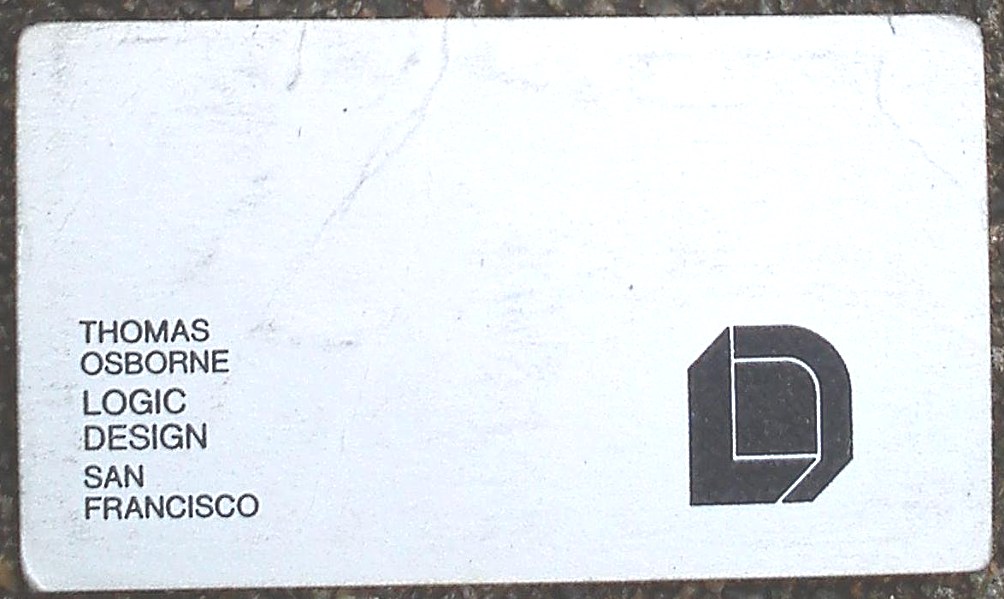@dik…say it ain’t so…no RPN?
@MSQUARED48…carefully…those sharp corners are hell.
@Ron RPN… that’s the reason the HP calculators were so popular… they were fast. They used the ‘stack architecture’ of the processor, just like the Forth programming language designed by Chuck Moore. This allowed observatories to ‘work’ in ‘real’ time for controls.
I’m tutoring a Grade 12 student in Pre-Calculus and the TI is great… I used to like HP, but, their quality started going downhill about 20 years back. I used to have a desktop HP that used a tape drive… and still use my HP 48GX occasionally… but the TI beats it thumbs down… there is no comparison, including the 80MB of RAM.
Should have added that I used to program in Forth before HP came out… 50 years back… there was nothing close to it for speed… way back when processors were slow…
Dik
After working with RPN for over 40 years, I find any other logic very difficult.
My slide rule didn’t come with RPN, so for all these years I’ve had to do without that un-other logic. It isn’t programable and has no RAM either, but I’ve never had to replace the batteries in all these years.
I have no problem using either… after a few seconds, just like I’ve been using it for years… my preference is the algebraic logic, and I used to like the RPN due to the speed… no longer an issue.
Dik
Good thing about a slide rule…it can be either logic structure depending on how you want to chain your calculations 
And it doesn’t need batteries - well, at least mine didn’t.
I’ve had mine for 48 years…no battery change…yet
53 years for my K&E, and 55 years for my Pickett.
Ron
If you used a slide rule in engineering school and/or practice, what did it teach you that calculators and computers do not reinforce?
My non-engineer boss has been quoted an angle as 46.12816124578385°. I am fairly certain he never used a slide rule.
He has better eyesight than I have…
Dik
We need digital slide rules for backup!
I used it in high school, college and later at work too. Our first calculator was a Sharp, company bought one for entire design department…But it was long time ago and on the other side of the “pond”( and the iron curtain).
I got my first one, a Sun Hemmi 6" at around 12 years age. I loved it. And even more so when I understood that the C and D scales gave twice the resolution the A and B scales did.
The more I used it, the more I understood about logarithms and trigonometric functions. The P (Pythogarean) scale was a real eye-opener. So I was well prepared when we got that far in the math classes.
It was only when the HP 35 appeared that I reluctantly let go the 12" Faber Castell 154. But I still have it.
I happened to meet a guy at the La Posada hotel in Winslow, Arizona and we had a couple of beers together. I had no idea who he was and we found out that we had a few common interests. I asked who he was. Tom Osborne, he said. The guy that started it all with his “Green Machine” - built from discrete components and using the Cordic algorithm. Do i need to say that it became a very late evening? My wife and Tom’s Paula found something else to do. I think. A great evening and a great memory.
Of course, I got myself a HP 97, with magnetic memory card and built-in printer after that.
Taught me the difference between accuracy and precision, the need (or not) for both and the importance of understanding the solution process. The reality of significant figures. The value of being efficient in my work. Using your time wisely, being sure you are on the right track, using tools for their intended job. Also, if someone presented an answer with more numbers after the decimal point than before, they probably had no clue.
I got my first slide rule when I was three. He said ”Don’t fall off son!”
An early advice was: “Don’t use it to stir paint”
It was not given by an MBA - they didn’t exist then. Good old days it was.
I just realised that if the scales were linear and not logarithmetic, you could use it for adding and subtracting. An epiphany… first of the day…
Dik
Right, but the way the scales are arranged, subtraction is easier.
It is like life. Subtraction is the natural procedure. Taxes are but one example.
